Arrange the following types of interaction in order of decreasing
stability
(a) Covalent bond (b) van ber Waals force
(c ) H-bonding (d) Dipole interaction
(e) Ionic bond .
To arrange the types of interactions in order of decreasing stability, we will analyze each type of bond based on their strength and stability. Here’s a step-by-step solution:
Step 1: Identify the Types of Interactions
We have the following types of interactions to consider:
- (a) Covalent bond
- (b) Van der Waals force
- (c) Hydrogen bonding
- (d) Dipole interaction
- (e) Ionic bond
Step 2: Understand the Nature of Each Interaction
1. Ionic Bond: This is an electrostatic attraction between oppositely charged ions (e.g., Na⁺ and Cl⁻). It is very strong due to the complete transfer of electrons.
2. Covalent Bond: This bond is formed by the sharing of electrons between atoms (e.g., C-C bond). It is strong but generally weaker than ionic bonds.
3. Hydrogen Bonding: This occurs between a hydrogen atom covalently bonded to an electronegative atom and another electronegative atom. It is weaker than both ionic and covalent bonds.
4. Dipole Interaction: This occurs between molecules that have permanent dipoles (polar molecules). It is weaker than hydrogen bonds.
5. Van der Waals Forces: These are weak attractions between molecules or parts of molecules that result from transient local partial charges. They are the weakest interactions among the ones listed.
Step 3: Rank the Interactions by Stability
Based on the strength of the interactions identified:
1. Ionic Bond (e): Strongest
2. Covalent Bond (a): Second strongest
3. Hydrogen Bond (c): Weaker than covalent
4. Dipole Interaction (d): Weaker than hydrogen bonds
5. Van der Waals Forces (b): Weakest
Final Arrangement
Thus, the order of interactions in decreasing stability is:
(e) Ionic bond > (a) Covalent bond > (c) Hydrogen bond > (d) Dipole interaction > (b) Van der Waals forces
We have the following types of interactions to consider:
- (a) Covalent bond
- (b) Van der Waals force
- (c) Hydrogen bonding
- (d) Dipole interaction
- (e) Ionic bond
1. Ionic Bond: This is an electrostatic attraction between oppositely charged ions (e.g., Na⁺ and Cl⁻). It is very strong due to the complete transfer of electrons.
2. Covalent Bond: This bond is formed by the sharing of electrons between atoms (e.g., C-C bond). It is strong but generally weaker than ionic bonds.
3. Hydrogen Bonding: This occurs between a hydrogen atom covalently bonded to an electronegative atom and another electronegative atom. It is weaker than both ionic and covalent bonds.
4. Dipole Interaction: This occurs between molecules that have permanent dipoles (polar molecules). It is weaker than hydrogen bonds.
5. Van der Waals Forces: These are weak attractions between molecules or parts of molecules that result from transient local partial charges. They are the weakest interactions among the ones listed.
Based on the strength of the interactions identified:
1. Ionic Bond (e): Strongest
2. Covalent Bond (a): Second strongest
3. Hydrogen Bond (c): Weaker than covalent
4. Dipole Interaction (d): Weaker than hydrogen bonds
5. Van der Waals Forces (b): Weakest
Thus, the order of interactions in decreasing stability is:
(e) Ionic bond > (a) Covalent bond > (c) Hydrogen bond > (d) Dipole interaction > (b) Van der Waals forces
Topper's Solved these Questions
- CHEMICAL BONDING AND MOLECULAR STRUCTUREBOOK - CENGAGE CHEMISTRY ENGLISHCHAPTER - CHEMICAL BONDING AND MOLECULAR STRUCTUREEXERCISE - Exercises Linked Comprehension
43 Videos
- CHEMICAL BONDING AND MOLECULAR STRUCTUREBOOK - CENGAGE CHEMISTRY ENGLISHCHAPTER - CHEMICAL BONDING AND MOLECULAR STRUCTUREEXERCISE - Exercises Multiple Correct(Chemical Bonding )
7 Videos
- CHEMICAL BONDING AND MOLECULAR STRUCTUREBOOK - CENGAGE CHEMISTRY ENGLISHCHAPTER - CHEMICAL BONDING AND MOLECULAR STRUCTUREEXERCISE - Ex 2 .2 Subjective (Molecular Orbital Theory)
4 Videos
- ATOMIC STRUCTUREBOOK - CENGAGE CHEMISTRY ENGLISHCHAPTER - ATOMIC STRUCTUREEXERCISE - Concept Applicationexercise(4.3)
19 Videos
- CHEMICAL EQUILIBRIUMBOOK - CENGAGE CHEMISTRY ENGLISHCHAPTER - CHEMICAL EQUILIBRIUMEXERCISE - Subjective type
1 Videos
Similar Questions
Arrange the following in decreasing order of their C=C bond length
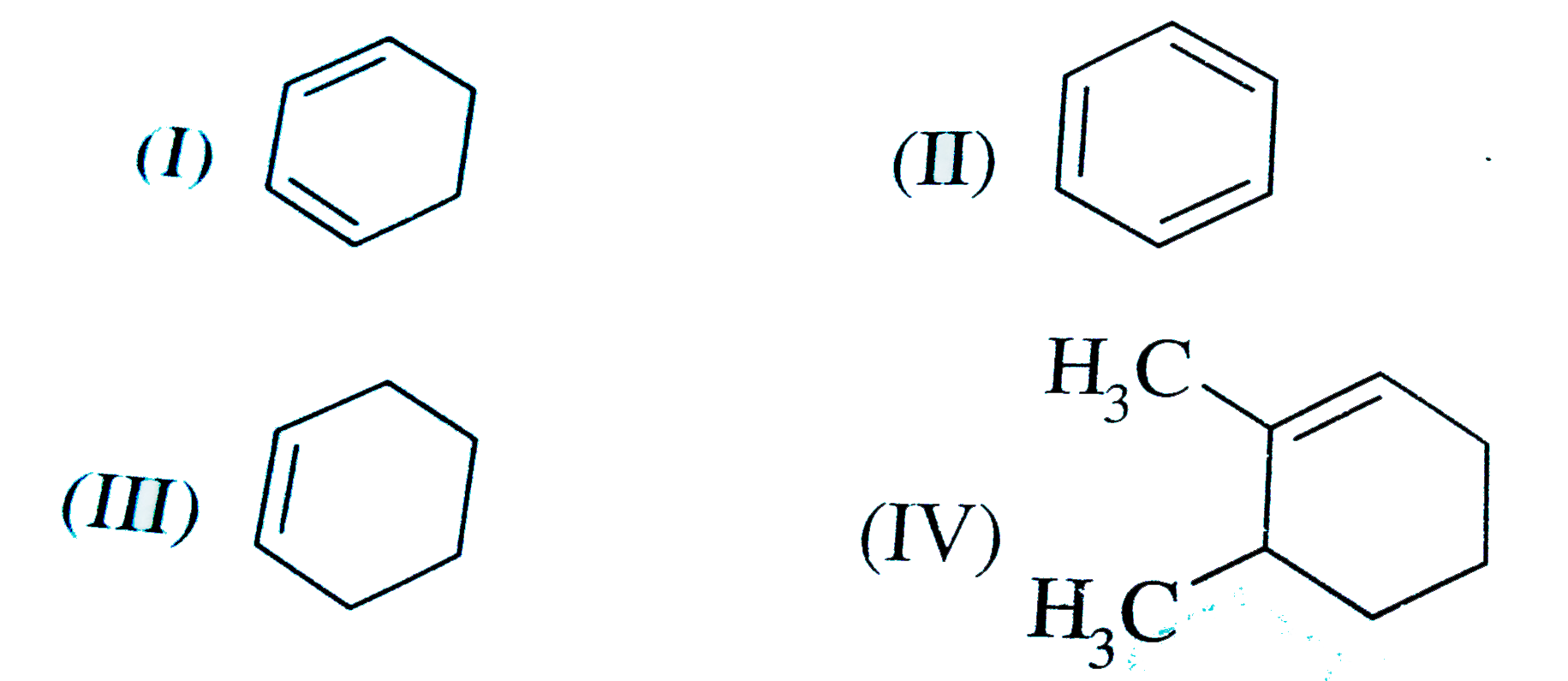
View SolutionArrange the following types of intermolecular forces in order of decreasing their strength
(a) Ion dipole
(b) Keesom forces
(C ) Dispersion or London forces
(d) Dipole-induced dipole
(e) lon-induced dipole (Debye forces) .
View SolutionArrange the following in order of decreasing bond angle.
CO2,H2O,CH4
View SolutionArrange the following:
H-H, D-D and F- F in order of increasing bond dissociation enthalpy.
View SolutionArrange the following bonds in order of increasing ionic character giving reason.
N-H, F-H, C-H and O-H
View SolutionWhich of the following has been arranged in orderr of decreasing bond dissociation energy:
View SolutionWhich of the following compounds has ionic bond. π−bond, co-ordinate bond and covalent bond:-
View SolutionArrange the following alcohols in the decreasing order of their ease of dehydration with H2SO4.
a.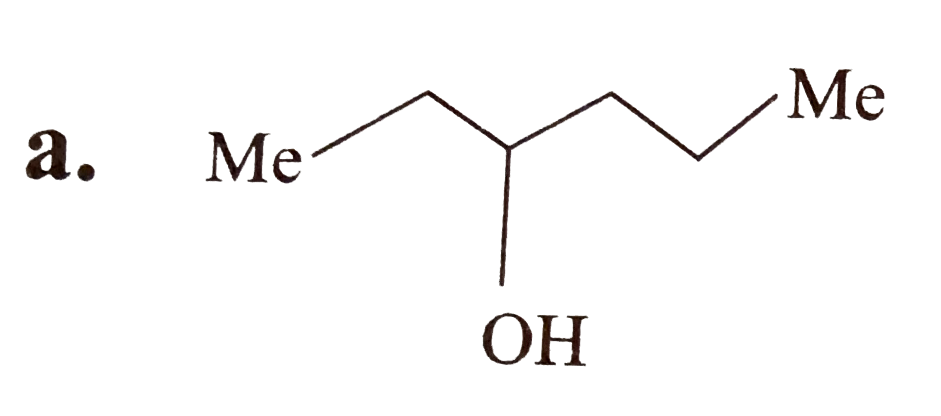
b.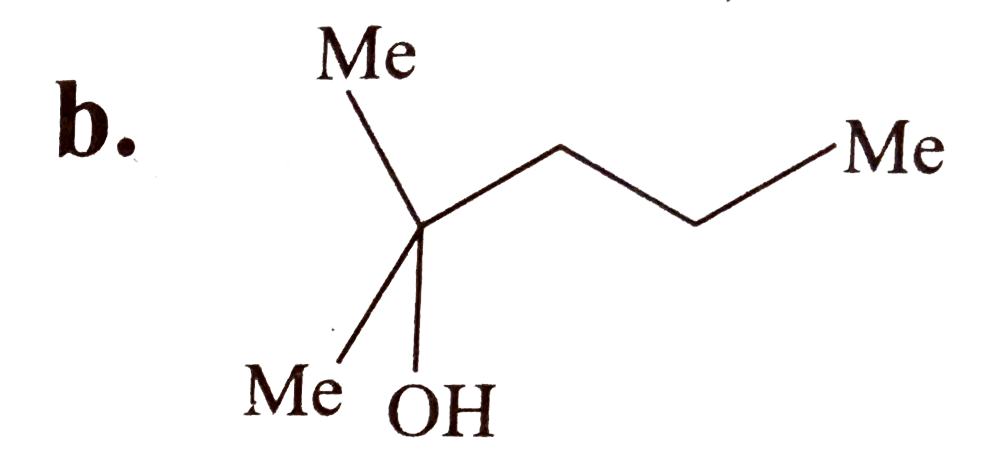
c.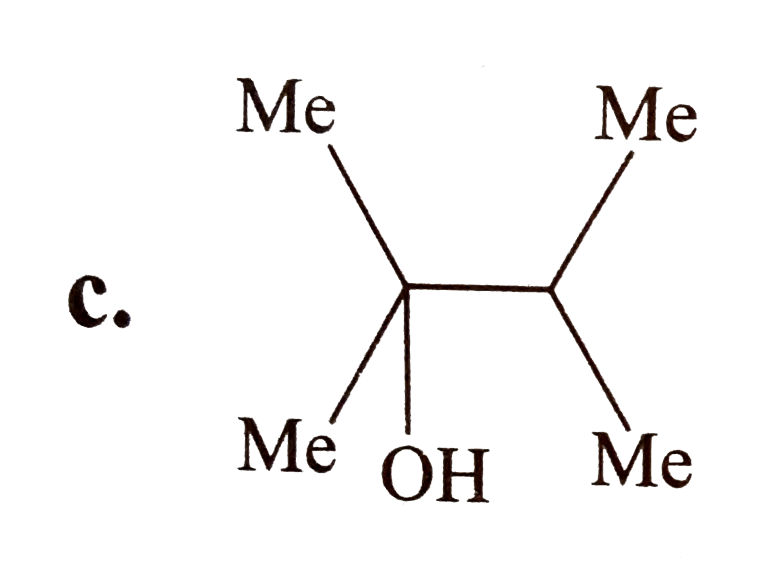
d.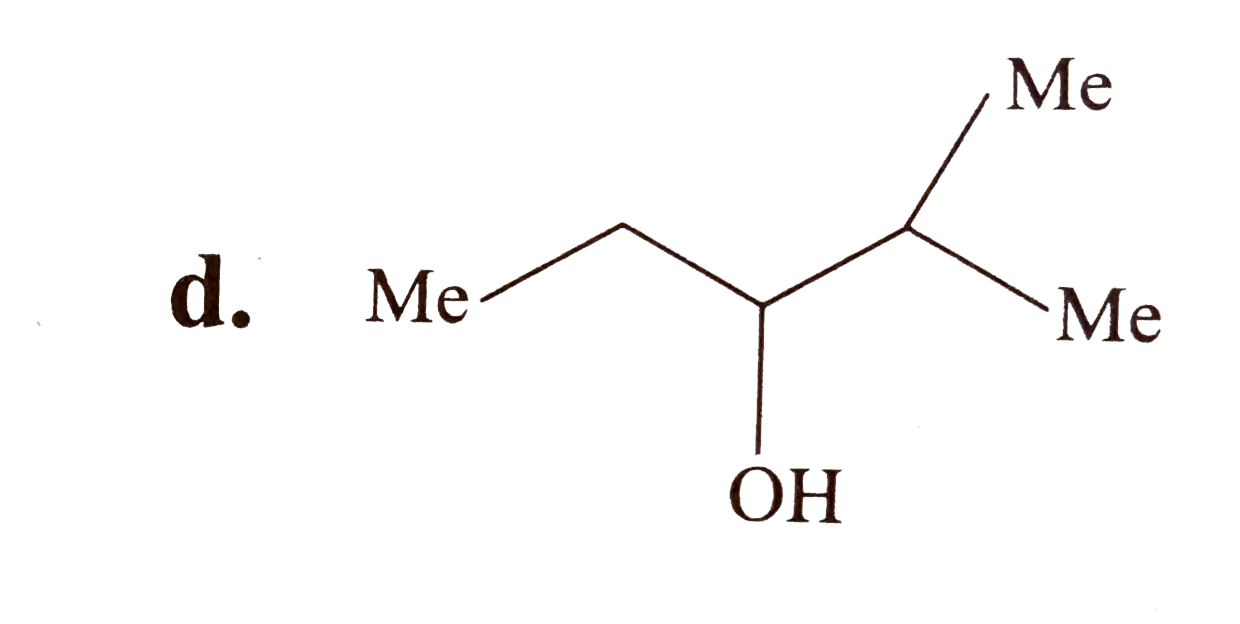
e.
View SolutionWhich of the following contains both ionic and covalent bonding?
View SolutionThe relative strength of intermolecular forces in bond decreasing order is –
View Solution
